America After 21 hours of surgery, more than 140 doctors at Langone Health Hospital, New York University, successfully transplanted all eyes to a man.
The recipient of the eye transplant was Aaron James, who lost his left eye and part of his face in an accident. He received an eye donated by a living donor, a world first. After the surgery, Aaron's eyes showed remarkable progress. Although he cannot see yet, doctors hope the procedure will lay the foundation for the development of transplant medicine.
The accident that caused James to lose his eyes occurred in 2021, when he was working at a construction site. While working on a high-voltage power line, his face accidentally came into contact with a live wire. The 7,200 V current that passed through James severely injured his left eye, entire nose and lips. His cheek, chin and left arm were also affected.
James was rushed to a Dallas burn unit. His injuries were so severe that his jawbone and skull were exposed, a shocking sight for his family.
"I thought his face was gone. I was worried he wouldn't be conscious or aware of anything," his daughter, Allie, shared.
James, however, said he had no memory of the accident. "Basically, I woke up, went to work, and woke up six weeks later in Dallas. It was a strange feeling waking up in the hospital," he said.
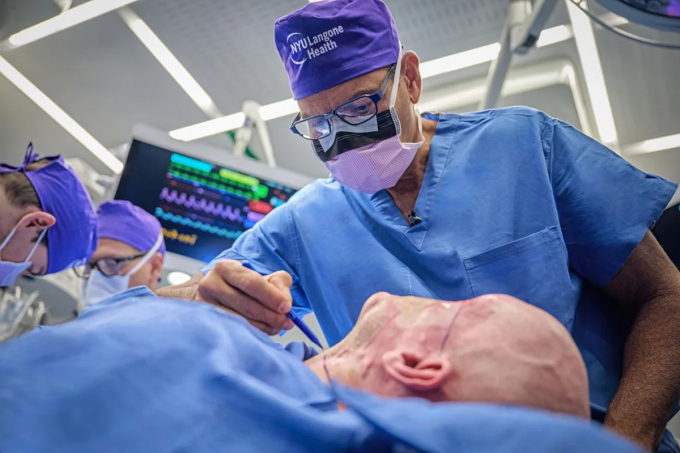
Dr. Eduardo Rodriguez, director of the Facial Transplant Program at NYU Langone Health, performs a full eye and partial face transplant on Aaron James. Photo: NYU Langone Health
Meanwhile, in New York, Dr. Eduardo Rodriguez, director of the Face Transplant Program at Langone Health, learned of James's case through a colleague. After learning about the accident and his injuries, he called his survival "remarkable."
"He had multiple organ failure and had to be put on a ventilator. Normally we would question whether he would survive or whether he had neurological damage. But when I found out he didn't have any after-effects, I was impressed," he said.
James was quickly placed on a list of potential eye recipients. The opportunity to perform a full eyeball and part of his face transplant came three months later. For Dr. Rodriguez and his colleagues, this was a "risky" procedure. Before that, no medical team in the world had successfully performed an eye transplant on a living patient.
The operation took place in two rooms. First, doctors removed parts of James's face and replaced them with donor tissue. In another room, Dr. Rodriguez removed eyeballs from a living donor. Everything was done very quickly, because at this point, the face and eyes were not receiving any blood supply.
Next, the surgical team connected the eye to adult stem cells taken from the donor's bone marrow. These cells helped boost nerve regeneration.
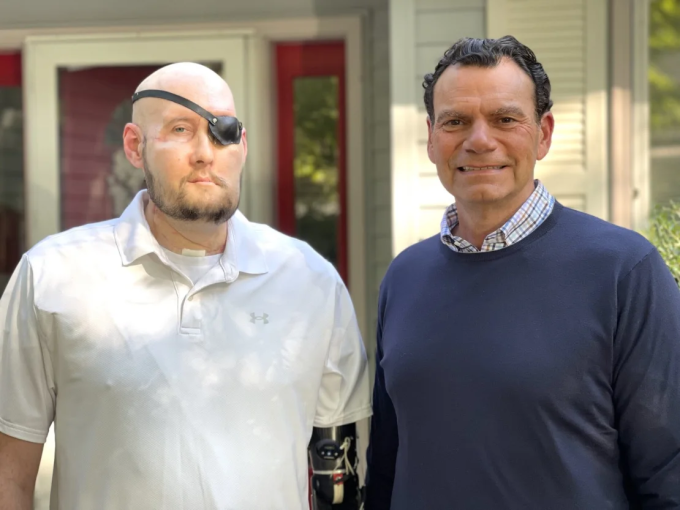
Aaron James (left) with Dr. Rodriguez, who performed a full eye and partial face transplant on him. Photo: NYU Langone Health
A key step in the full eye transplant was reconnecting James's optic nerves to the donor eyeball, said Dr. José-Alain Sahel, clinical spokesperson for the American Academy of Ophthalmology. To make the process easier, doctors did not cut the optic nerve too far from the eyeball when removing the recipient's eye. Dr. Sahel called the strategy "incredibly clever." He said the surgery would spur more research and investment in corneal and optic nerve regeneration.
According to Rodriguez, when the surgery was completed, James was very happy when he first looked at his face in the mirror. The patient will continue to be closely monitored in the coming time, maintaining medication to reduce the risk of rejection of the new organ. The medical team said his eyes were showing signs of health, with blood flowing directly to the retina, and the tissue behind the eyeball beginning to process images.
Whether James will ever regain his sight is still an open question, Rodriguez said. He noted that this type of transplant has never been done before. Scientists need to do more research to make further progress.
Dr. Oren Tepper, a plastic and reconstructive surgeon and director of the Craniofacial Surgery Program at Montefiore Health System, said the procedure marks a major step forward in the field of transplant medicine.
Thuc Linh (According to CNN )
Source link


![[Photo] Ca Mau "struggling" to cope with the highest tide of the year, forecast to exceed alert level 3](https://vphoto.vietnam.vn/thumb/1200x675/vietnam/resource/IMAGE/2025/11/04/1762235371445_ndo_br_trieu-cuong-2-6486-jpg.webp)

![[Photo] Ho Chi Minh City Youth Take Action for a Cleaner Environment](https://vphoto.vietnam.vn/thumb/1200x675/vietnam/resource/IMAGE/2025/11/04/1762233574890_550816358-1108586934787014-6430522970717297480-n-1-jpg.webp)
![[Photo] The road connecting Dong Nai with Ho Chi Minh City is still unfinished after 5 years of construction.](https://vphoto.vietnam.vn/thumb/1200x675/vietnam/resource/IMAGE/2025/11/04/1762241675985_ndo_br_dji-20251104104418-0635-d-resize-1295-jpg.webp)
![[Photo] Panorama of the Patriotic Emulation Congress of Nhan Dan Newspaper for the period 2025-2030](https://vphoto.vietnam.vn/thumb/1200x675/vietnam/resource/IMAGE/2025/11/04/1762252775462_ndo_br_dhthiduayeuncbaond-6125-jpg.webp)





























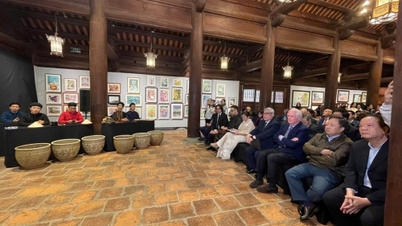




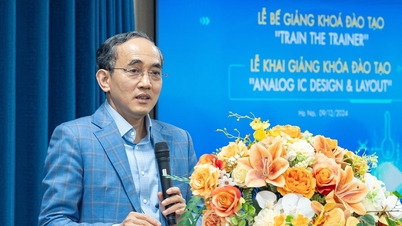













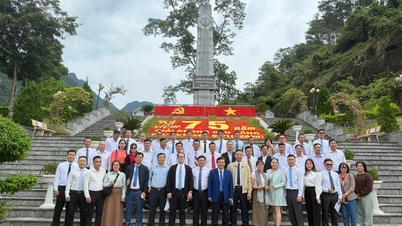






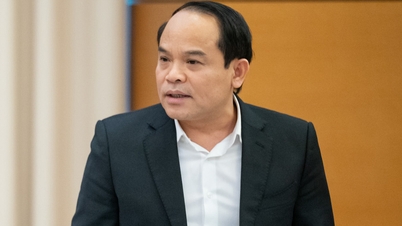
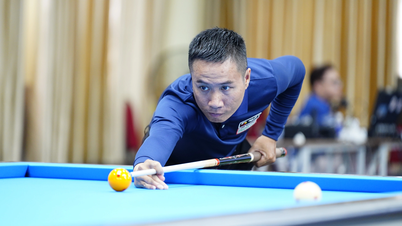

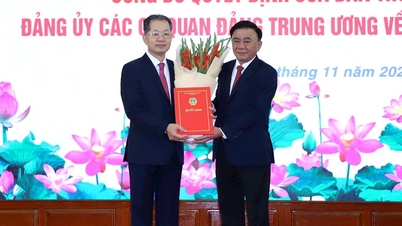















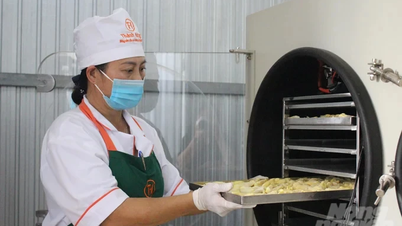
















Comment (0)